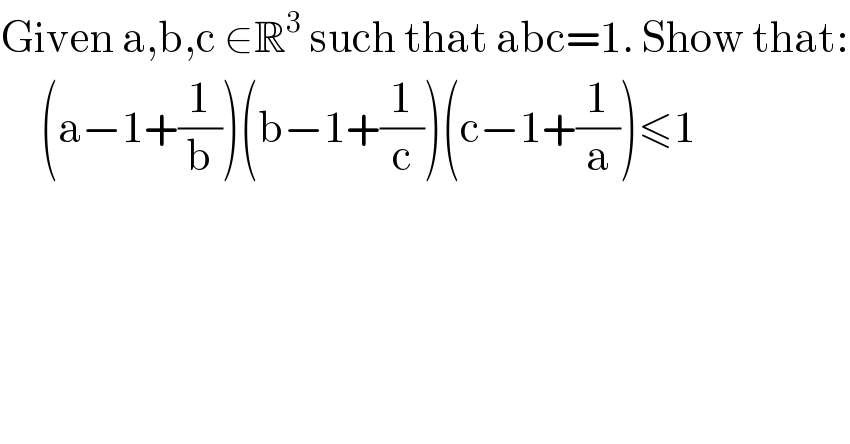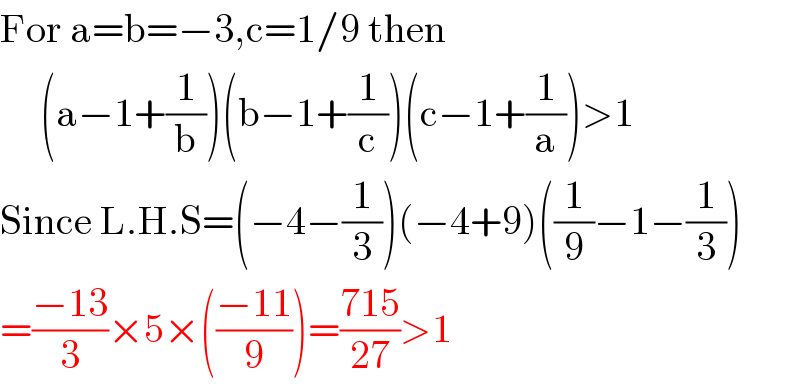
Question and Answers Forum
Question Number 117122 by Ar Brandon last updated on 09/Oct/20

Commented by MJS_new last updated on 09/Oct/20

Commented by MJS_new last updated on 09/Oct/20

Commented by 1549442205PVT last updated on 10/Oct/20

Commented by Ar Brandon last updated on 13/Oct/20
OK Sir, thanks for your suggestions
